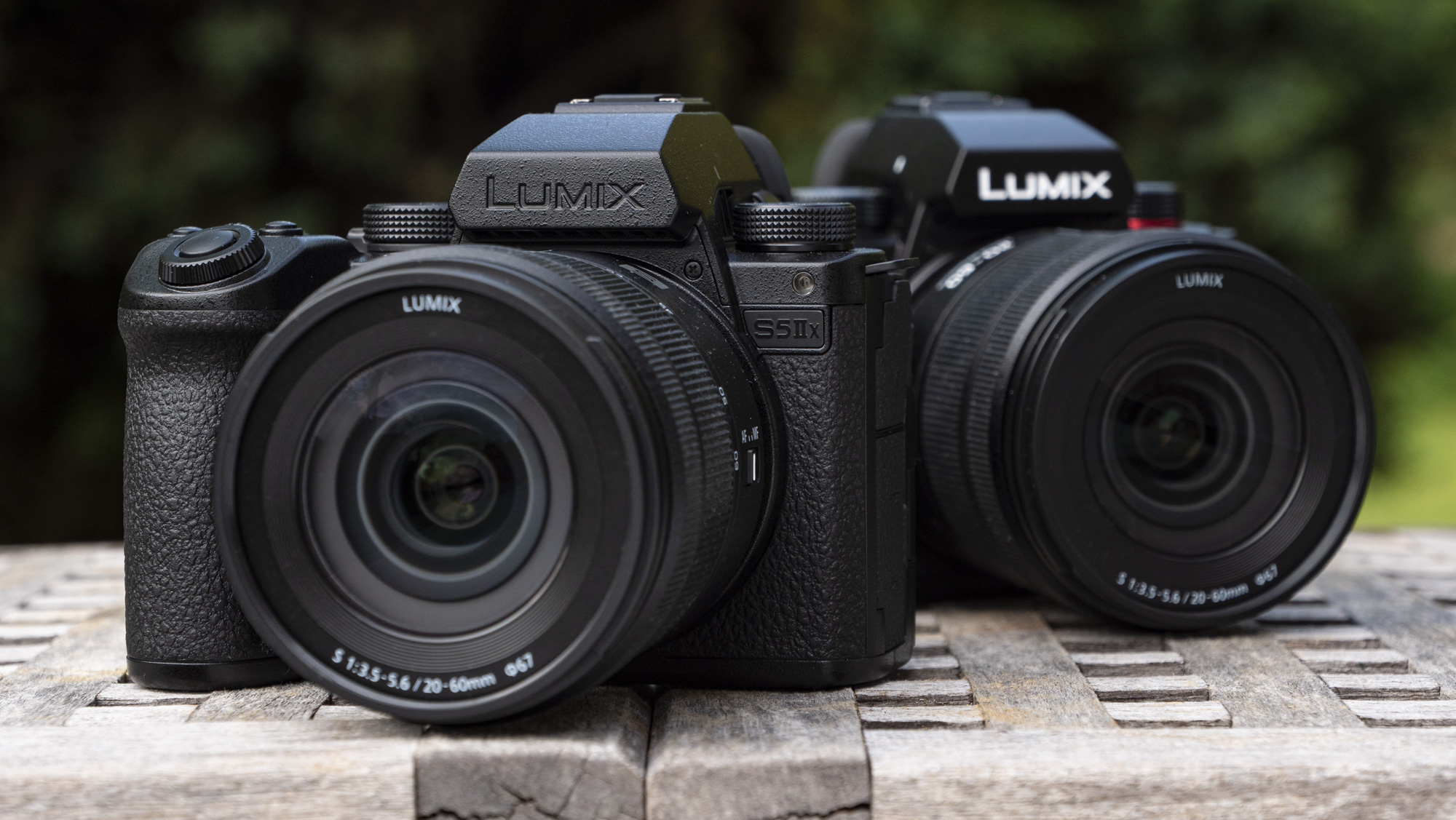
In my recent Panasonic Lumix S5 II review – the full-frame camera scored a maximum 5-star rating – I praised in particular its video features, which are unmatched at the sub-$2,000 / £2,000 price point. We already knew another version of the camera was in the pipeline, and the S5 IIX – which boasts even more advanced video features – has now been officially announced.
I described the S5 II as a video-first, photo-second camera, and its main rival, the Sony A7 IV a photo-first, video-second camera (which costs an extra 20%). But despite the S5 II having the all-round edge for video, the Sony A7 IV has some advantages over it when it comes to video quality.
The two camera brands have previously taken different approaches when it comes to video quality. In the S5 II and A7 IV match-up, the S5 II offers 6K / 30p uncropped video with 10-bit recording in MOV format, LONG GOP compression, and a 200Mbps bitrate, while the A7 IV has a lesser 4K resolution in 16:9 aspect ratio, but superior ALL-Intra (ALL-I) compression and 600Mbps bitrate. It’s not an easy choice, then – but now the S5 IIX steps in.
When further details were revealed about the S5 IIX on May 9, everything changed. The supercharged version of the S5 II surpasses the Sony A7 IV on all video quality fronts, and will rank among the best mirrorless camera, especially for video.
The decision for video makers has just become a whole lot clearer – but who needs the S5 IIX the most? I’ve spent a fair bit of hands-on time with both S5 II and S5 IIX simultaneously, and here’s what I think.
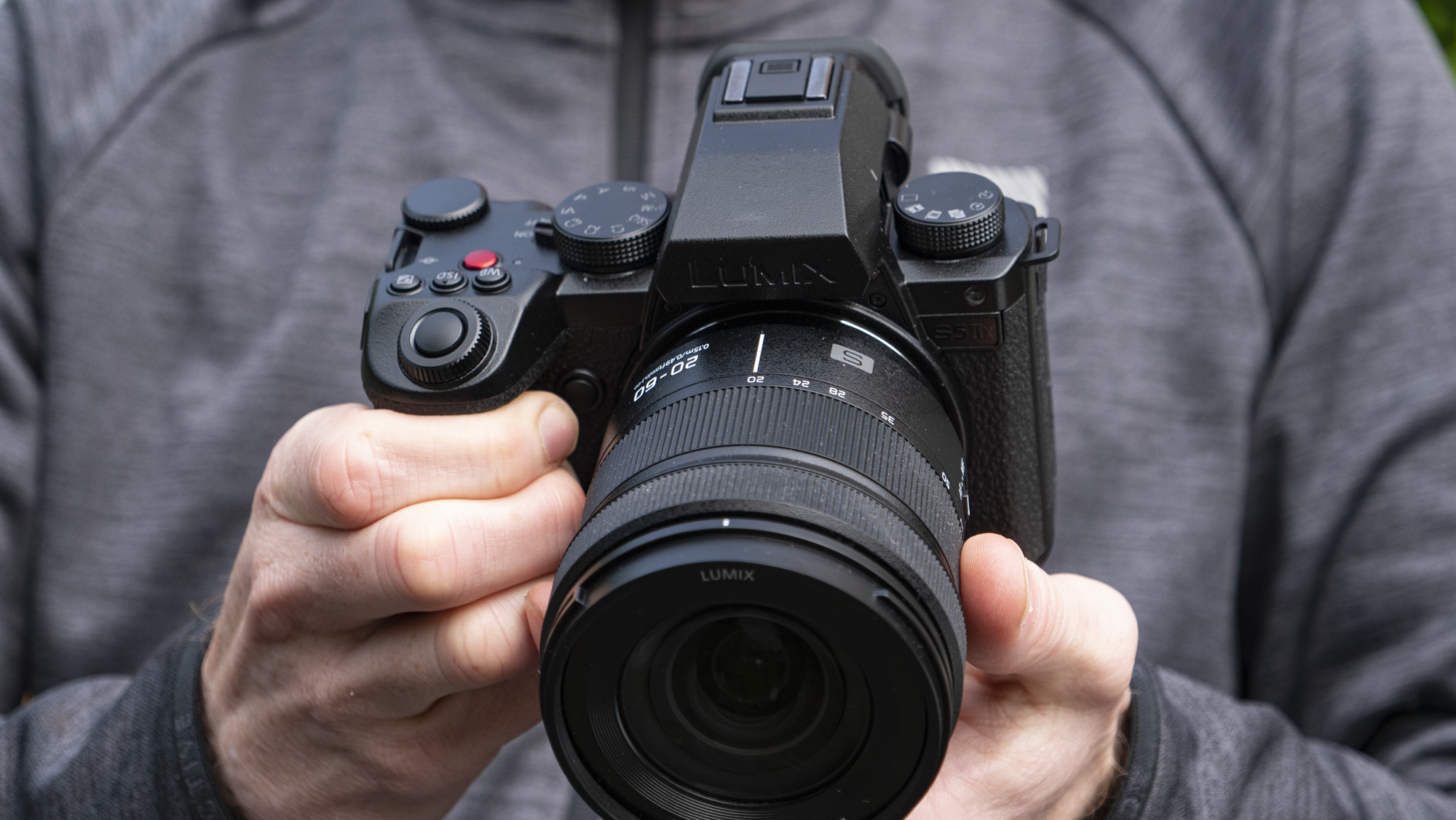
Video king
We’ve highlighted how the S5II and S5 IIX match up in our Panasonic S5 II vs S5 IIX key differences explained article, and on the face of it very little has changed in the S5 IIX. The camera bodies are identical, except the later model has greyed-out controls and black branding. It looks super-slick, but practically speaking it’s a confusing design choice – I struggled to see the controls in the dark lighting of the launch venue when I first held the camera.
Even the video spec looks largely similar: 60K / 30p uncropped video from the full 3:2 aspect ratio of the sensor, 4K / 60p video with a Super 35 (APS-C) crop, and Panasonic’s new phase-detection autofocus, well implemented. But it’s those areas that the Sony A7 IV has the advantage over the S5 II – superior compression and bitrates – where S5 IIX has gone to new heights, and settled the score.
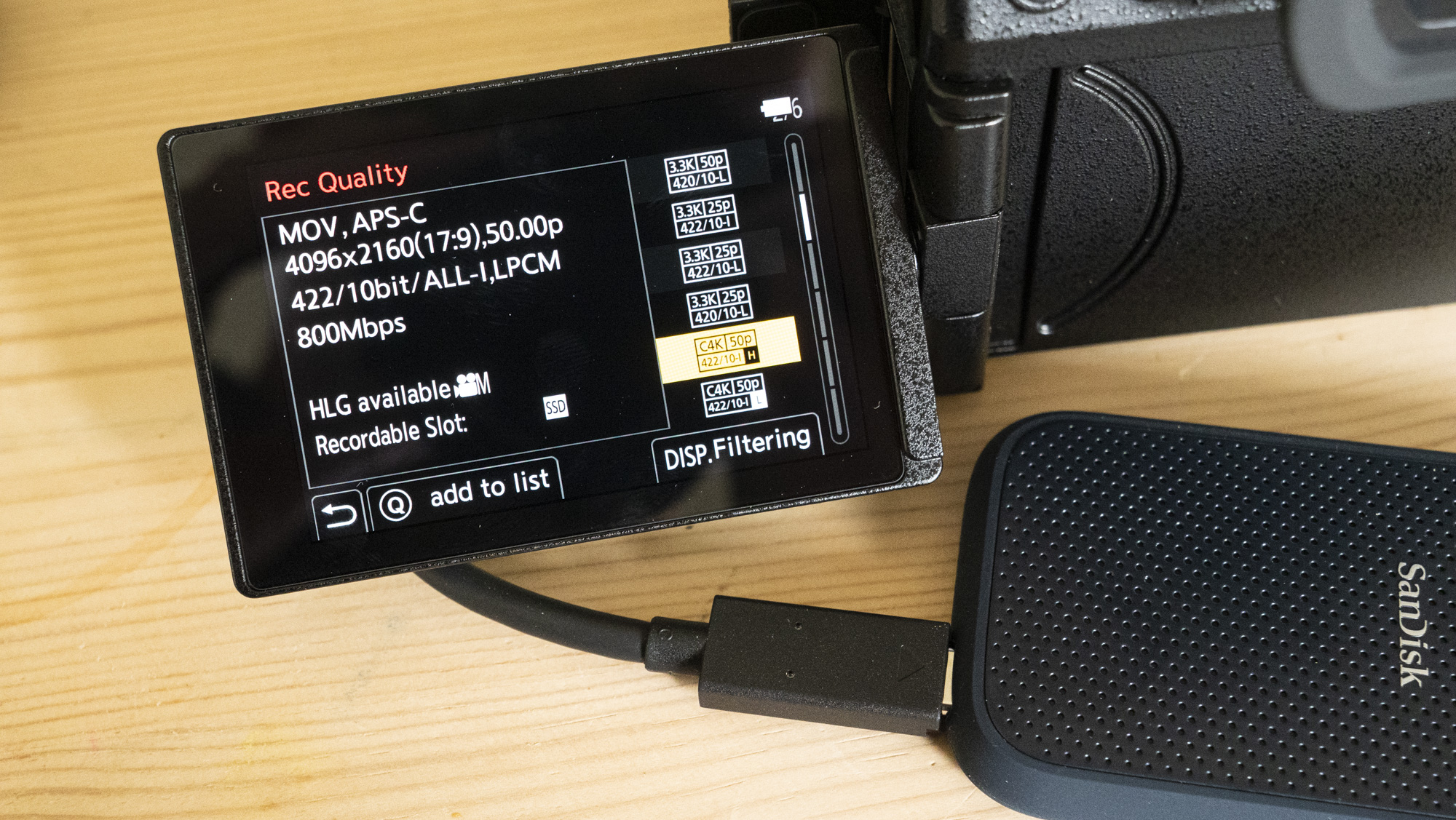
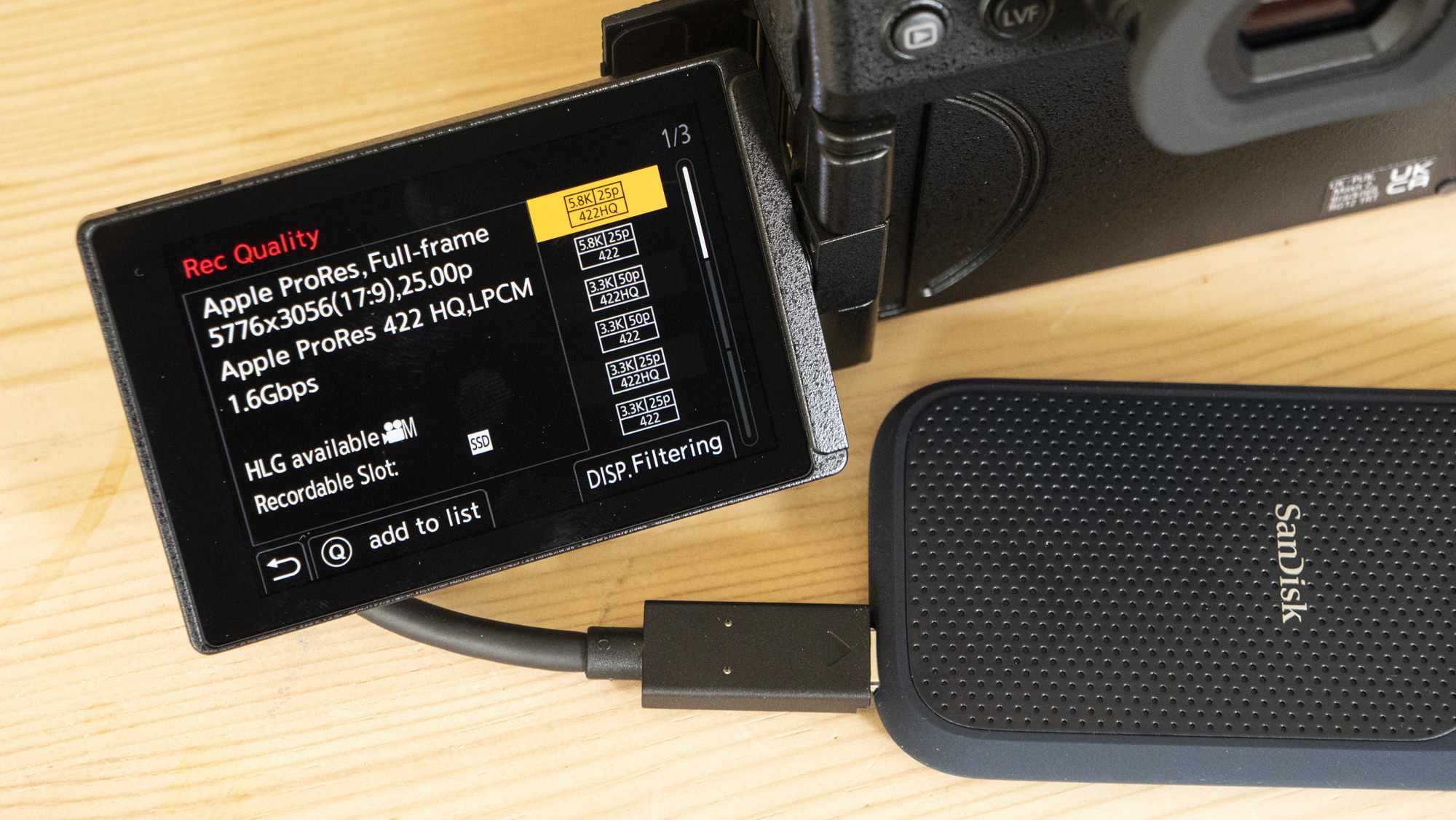
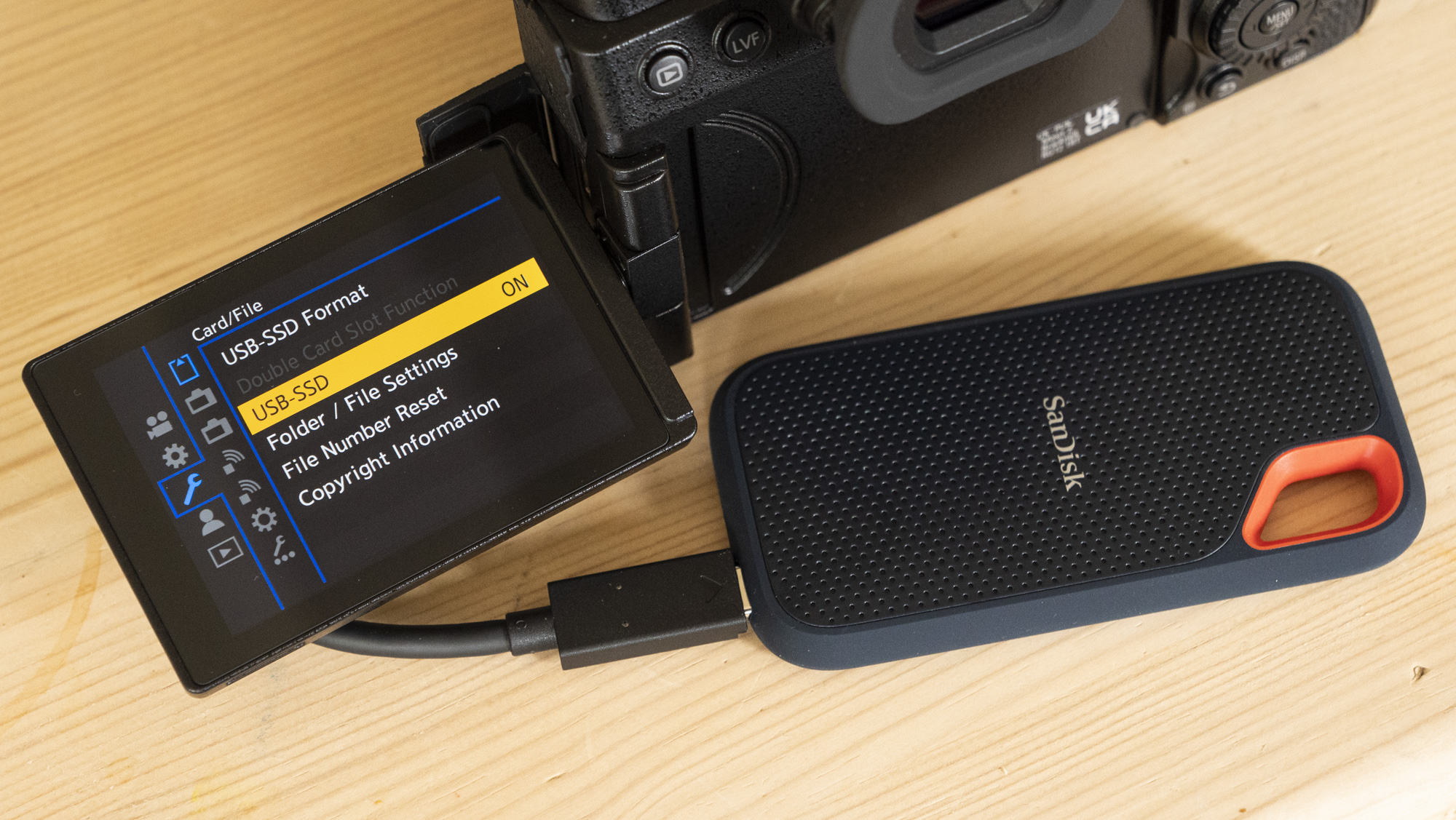
Recording to an external SSD via the USB-C port is now possible in the S5 IIX in addition to SD memory card, and I paired the camera with a SanDisk Extreme SSD offering data transfers up to 1050 MB/s. With this set-up a bountiful range of improved video qualities are available – too many to list here, but highlights include Apple ProRes raw, with the 422 HQ 5.8K setting a whopping 1.6Gbps bitrate. That blows the S5 II’s MOV format, LONG GOP compression, and maximum 200Mbps bitrate out of the water.
Even direct to SD card, the S5 IIX can now shoot in ALL-I compression, and matches the A7 IV’s 600Mbps bitrate. You can up the ALL-I bitrate to 800Mbps with the SSD in play. It’s also possible to shoot Blackmagic raw (BRAW) when the S5 IIX is connected to an external monitor like an Atomos Ninja V – serious filmmakers don’t need telling how exciting that is.
So not only can the S5 IIX shoot superior 6K video to the A7 IV’s 4K, it also shoots internal ProRes raw to SSD, external BRAW to a monitor, and offers ALL-I compression with the same bitrate to SD card. There’s only one winner here.
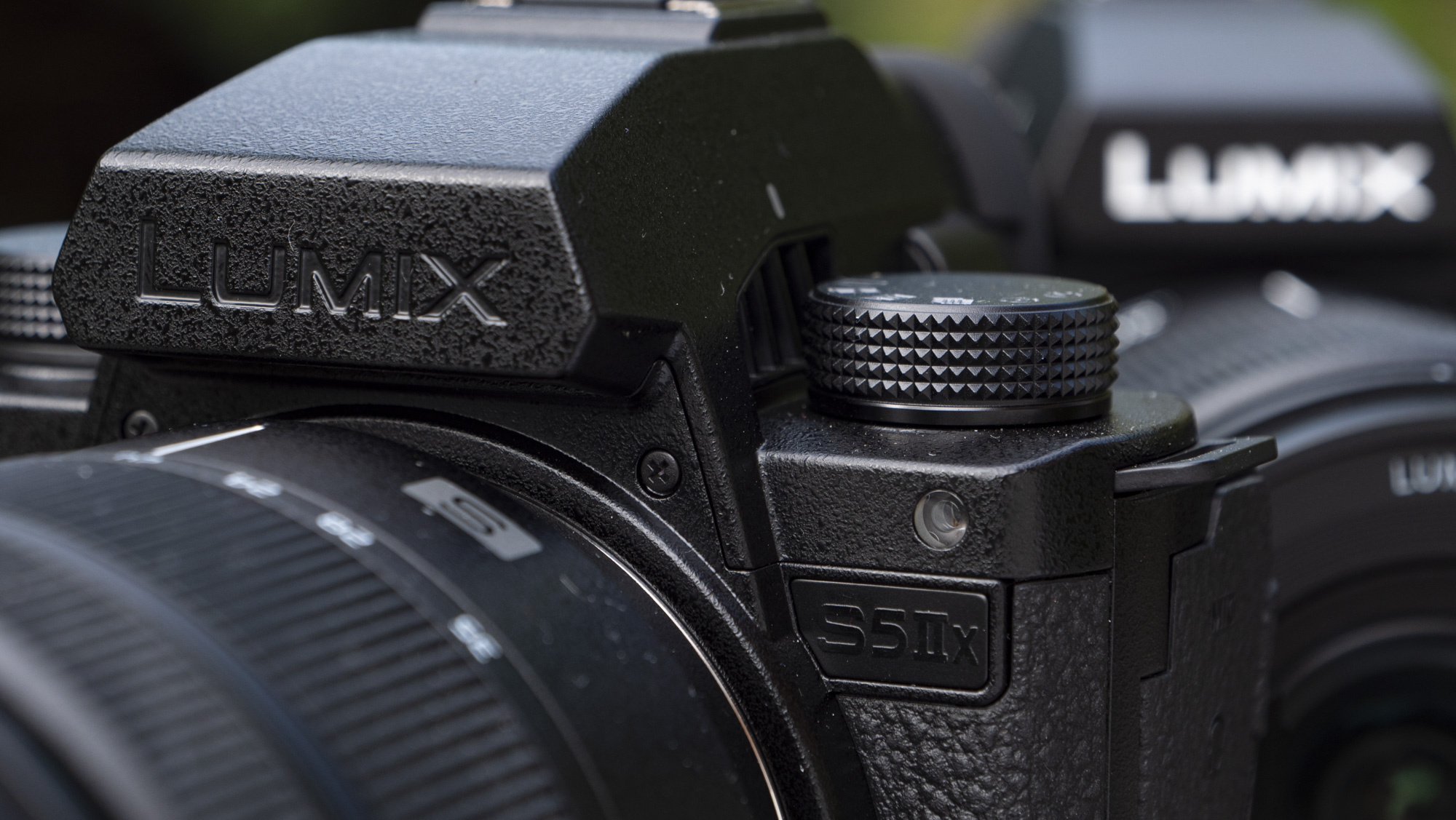
Who is the S5 IIX for?
For the kind of video productions I make, I’d rather shoot with the S5 II’s LONG GOP compression. Its 6K / 30p 420 10-bit video looks super-sharp, and Panasonic’s color science is a great starting point for simple grading. Also, the 200Mbps bitrate produces manageable file sizes, even for high-resolution 6K video.
I don’t really need the extra bitrate of the S5 IIX, and practically speaking its ProRes raw and ALL-I files gobble up hard drive space super-fast, and demand a top-of-the-range computer to process. But you can take that format or leave it – all the same S5 II video record modes are available here in the S5 IIX. I’ve worked for clients that absolutely would demand the higher video quality, for which I would usually hire the necessary kit.
And for all that additional clout, the S5 IIX is only a moderate extra outlay over the S5 II, and actually cheaper than the A7 IV, as you can see in the table below comparing the three cameras’ body-only prices. Panasonic also announced price cuts of several full-frame lenses that puts more pressure on Sony and others.
For those that already own the S5 II, firmware V2.0 was also announced on May 9 which also makes ProRes raw video output and SSD recording possible, albeit via a paid DMW-SFU2 key which costs $300 / £200 / AU$300. Also, there’s still no official word on what additional features the S5 IIX has over the S5 II with paid DMW-SFU2 key.
If I was buying a Panasonic from scratch, I would absolutely go for the S5 IIX over the S5 II. In fact, I can’t think of a sensible reason to choose the former, and I’ve updated our S5 II review to reflect this development. We have a new video king in town.







